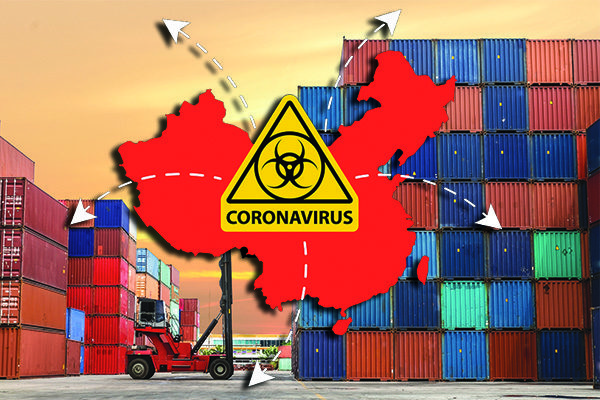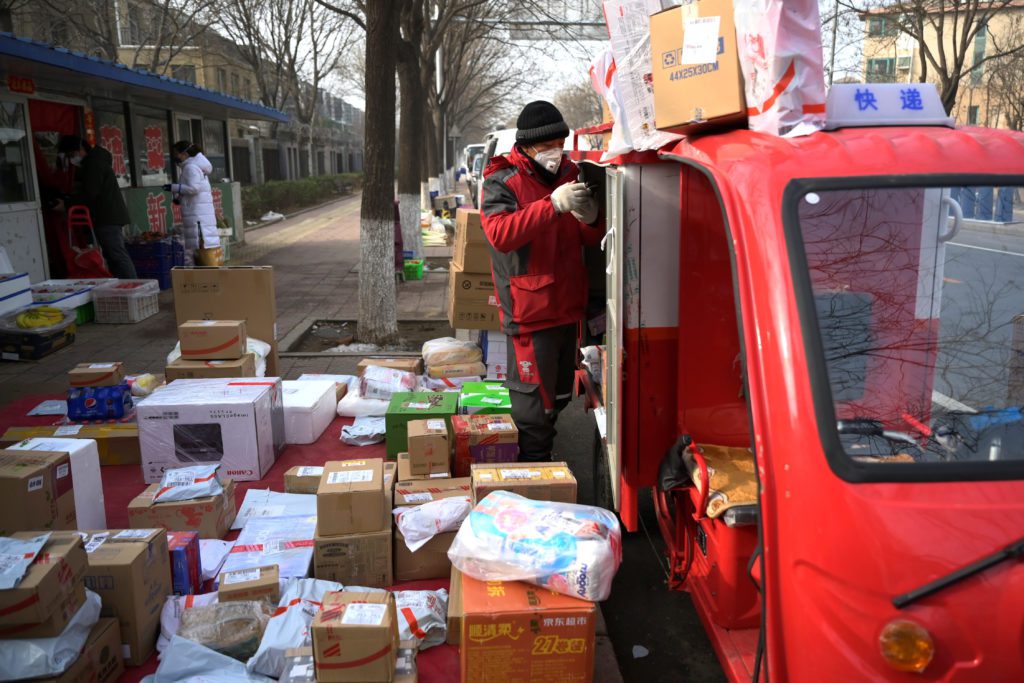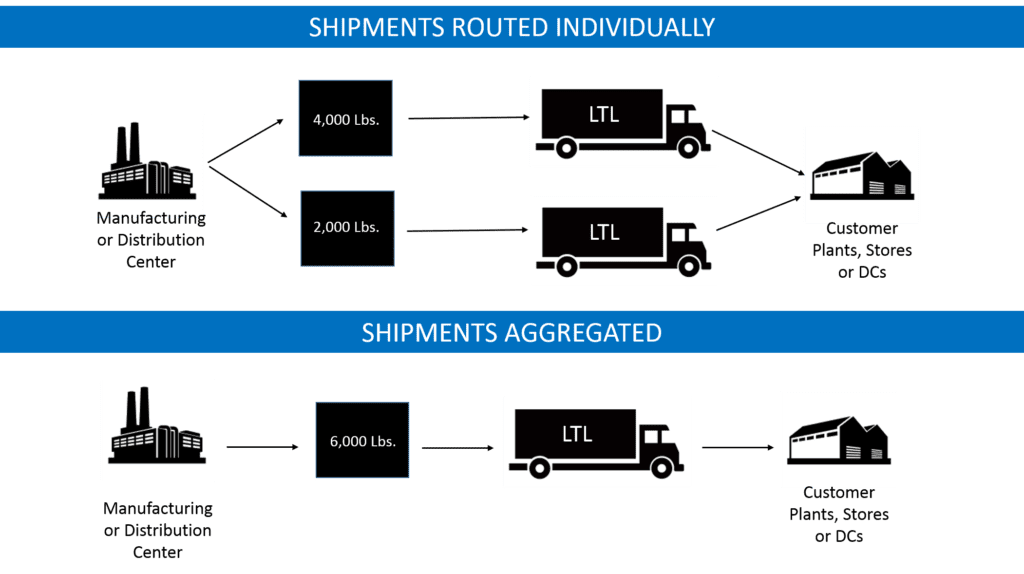Road Transportation services during pandemic should keep their shipments flow maintained
Table of Contents
Road Transportation services during pandemic
Road Transportation services has been having it tough since the past few months, primarily due to the lockdown scenario that unfolded unexpectedly. India witnessed a double whammy of a surge in demand for essential products, and an unprecedented shortage of trucks, specially an acute shortage of drivers. This brings to fore the pressing question whether a company can deliver more loads with fewer vehicles or not. The answer is “yes”. All it requires is good and efficient Road Transport Management.
In the face of COVID-19 Pandemic outbreak, everything has done a turnaround. The pandemic and lockdown are unique in nature, different from all other types of supply chain disruptions. It is imperative to understand the difference between COVID-19 outbreak and other supply chain disruptions. First and foremost COVID-19 Pandemic is enveloped in uncertainty.
The range of uncertainty in COVID-19 Pandemic is far more disconcerting and chaotic than the situation in any other recent pandemics like SARS, Avian [bird] flu, or in any of the past natural disasters like Fukushima tsunami, Thailand floods, etc. Adding to the chaos is the accuracy and certainty of the number of reported cases by the agencies of all the affected countries, which is constantly on the rise, and a cause for grave concern. The unfolding pandemic scenario creates too much fog and results in a lack of confidence in everything.

Second issue is that The COVID-19 Pandemic impacts and disrupts both supply and demand and creates obstacle and delays, specially in the road transportation network.
On one side of the spectrum, at the supply end, factories face labor shortages, with the Chinese-based factories already experiencing a disruption from the Lunar New Year holiday. Factories are also facing a shortage in the supply of input parts. Closed ports result in parts not being shipped out of China. And conversely, neither are the parts flying into China, because cargo operators such as UPS, FedEx and passenger flights, that deliver supplies in the cargo hold, have all suspended operations, due to COVID-19 Pandemic.
At the demand end of the spectrum, consumers, specially Chinese consumers, are not buying as many products. For instance, Apple is crippled on its supply side, as Foxconn faces severe labor and parts shortage and cannot function. At the same time it is blocked at the demand end as consumers are discouraged from buying products by the current pandemic situation, or are seriously suffering illness and health issues, corona or otherwise.
Around the globe, logistics managers and road transportation services are facing innumerable challenges in servicing loads, since the start of the COVID-19 Pandemic.
Regulatory requirements due to lockdown have majorly obstructed the free movement of trucks. Adding to the woes is the fact that drivers are not reporting for work, and warehouses or distribution centers are temporarily closed, barring a few. Furthermore, the inflow of money has been severely shaken for all in this COVID-19 outbreak. This sudden decrease in working capital further complicates matters for many “non- essential” manufacturers.
However, despite these issues, loads of cargo desperately needs to be moved, even with the limited trucking capacity.
Transportation Services in India Faced with COVID-19 challenges
Driver absenteeism, frequent road closures and ensuing traffic tie-ups are some of the constant issues being faced by the transportation services, of late. Innumerable cross-dock locations have been rendered off-limits due to being declared lockdown containment zones. Labor at the drop locations is a crisis situation as it has been in short supply, both by headcount and in terms of time available. In India, as well as world over, optimizing the road transportation services network is the solution towards unlocking opportunities, to maintain the shipping of the products and customers being served with timely deliveries, despite the ongoing chaotic conditions.

The sudden Economic Shutdown and leads to The Extreme volatility of Situations
Past few weeks have seen an unprecedented volatility in the Trucking Market, due to COVID-19 Pandemic. It is even more volatile than all other significant national economic disruptions such as 9/11 and 2008’s Great Recession.
It is a great credit to the transportation services that despite the gravity of the pandemic situation, and the health risks involved, the collaborative efforts of shippers and carriers has kept the supply chain moving and has kept the essential goods stocked in the shelves of the nation’s retailers. This is a source of great inspiration in these trying times. The drivers most assuredly get the proper credit they deserve.
The benefits of Optimization of Transportation Services Network
Heuristics-based, mixed-integer programming is at the core of all transportation services optimization model approaches, to solve complex network problems. Models are capable of replicating real-life business constraints. If built properly, these models generate high confidence levels which lead to implementable tactical plans.
A transportation services network model primarily addresses essential network issues, such as:-
- Optimized loading and stacking for absolute trailer utilization.
- Optimization of route to reduce the number of vehicles needed to serve the same customers or customers in the same route trajectory.
- Optimization of location points by planning out the best locations for consolidation points or hubs.
- Optimization of vehicle by ensuring the right truck size for each load.
The objective of optimization of transportation services network is all about finding and planning out the lowest cost routes, which reduce miles traveled, and maximize the capacity of the available rolling stock.

Leveraging of a Ttransportation Services Network model to keep your the supply Chain moving
Ideal optimization means that each truck should be filled to its 100% available capacity. This 100% cargo optimization is not a possible scenario when loading a trailer for a run between a distribution center and a single destination. However, when two or three intermediate stops are added to the route, then full 100% cargo capacity can be reached. A model comes in handy when determining the number of intermediate stops to be made, in deciding upon what locations to target. This decision-making capability can be scaled across the entire network.
In most scenario-based planning tools, “what if” questions help to evaluate the impact of various decisions. For instance, in the case of determining the optimal number of stops, several questions need to be answered. The question that needs to be addressed first is, if additional stops are incorporated into the route, then what the impact will be on the overall number of miles in the network. Second question to be addressed is that if more stops are added, then do the corresponding loads satisfy the maximum weight and cube limits of the specific truck available.
A systematic route optimization across the road transportation service network is tough to accomplish manually, or even using a spreadsheet-based analysis. Instead, road transportation optimization, using an advanced decision support tool is way better and has many tactical and strategic benefits, making it a justifiable investment for companies navigating through disruptions caused by COVID-19 Pandemic, or any other disruption.
Blog: Road Transportation services during pandemic should keep their shipments flow maintained
Powered By 360Presence
Leave a Replay
Road Transportation services during pandemic Road Transportation services during pandemic Road Transportation services during pandemic Road Transportation services during pandemic Road Transportation services during pandemic Road Transportation services during pandemic Road Transportation services during pandemic Road Transportation services during pandemic Road Transportation services during pandemic




